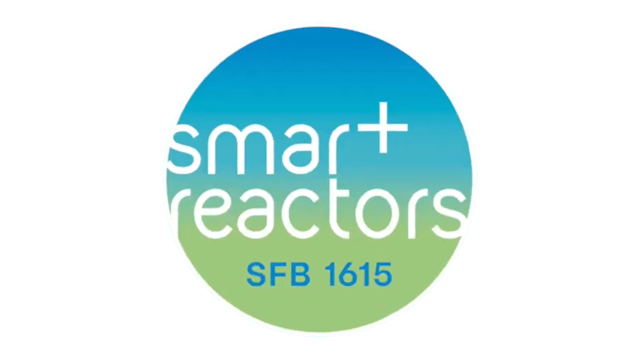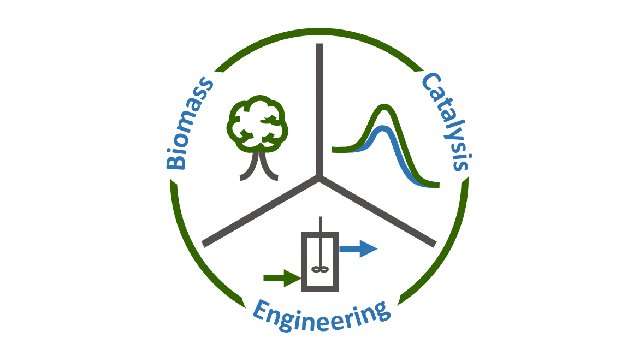Research
The research activities of the working group are divided into several key areas. One main focus is on the development of sustainable process paths for the catalytic conversion of biomass. We are also involved in kinetic and mechanistic investigations of nanoscale materials. The development of reaction engineering concepts for chemical energy storage in Power-to-X processes and scale-up are also part of our research focus, as is the use of polyoxometalates in catalysis.




